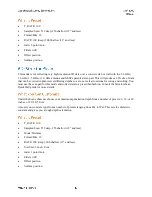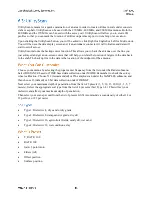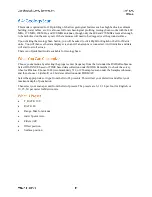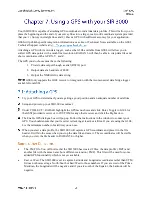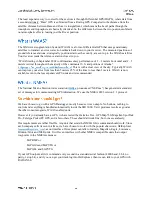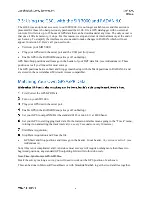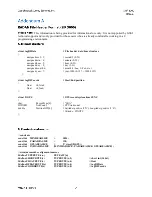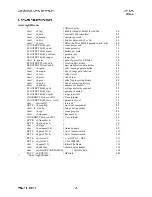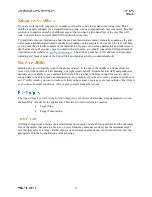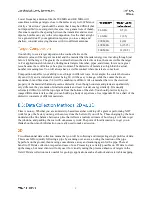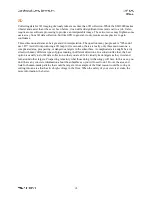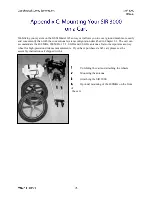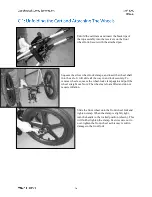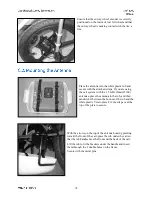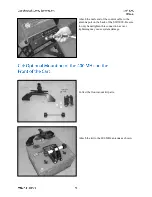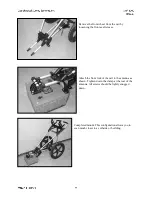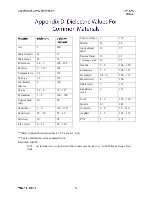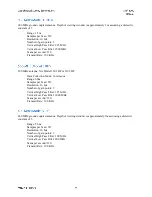
As the old saying goes: “Garbage in, Garbage out”. The biggest single factor affecting the quality of your
data and your ability to make decisions based on it, is the accuracy of your data collection. This appendix
has instructions and helpful hints to get you into the habit of collecting quality data from the beginning.
While many of these points are only relevant to data collection over the ground, as opposed to concrete
structures, you may find this section helpful no matter what your application.
Radar is not the proper technique for every situation. If you are unable to inspect the site, have
prospective clients send a photograph of the area. As you gain experience, you will find it easy to judge
an area’s or an application’s suitability. In the meantime, consider the four following issues before
deciding whether you should conduct work at an area:
o
Topography
o
Ground Cover
o
Subsurface Conditions
o
Site Accessibility
One of the first things you should consider about a new survey area is the topography. In the first place,
you need to be able to physically move the antenna over the ground surface in a fairly smooth fashion.
Areas that are full of trenches or extreme slopes are not ideal. You can still survey an area of broken
terrain, but it may require collecting point data rather than continuous data profiles.
Radar energy travels into the ground perpendicular to the surface. This means that if the antenna is flat on
the ground, and level, you are reading right under the antenna. This forward-scanning of the antenna
could lead to serious position errors.
If your antenna is floating on top of thick grass or a layer of gravel, you may get errors in your data
because the signal is taking too long to couple (penetrate) with the ground. When this happens, more of
the signal than was intended bounces off of the ground surface instead of going into the ground. Always
try to keep your antenna flat on the ground surface. The systems will have no problem penetrating
carpeting or low grass. A good rule of thumb for the 1500 MHz is no thicker than low carpet, and for the
400 MHz, no more than 1 inch. NEVER survey through standing water, no matter how shallow the
puddle.


